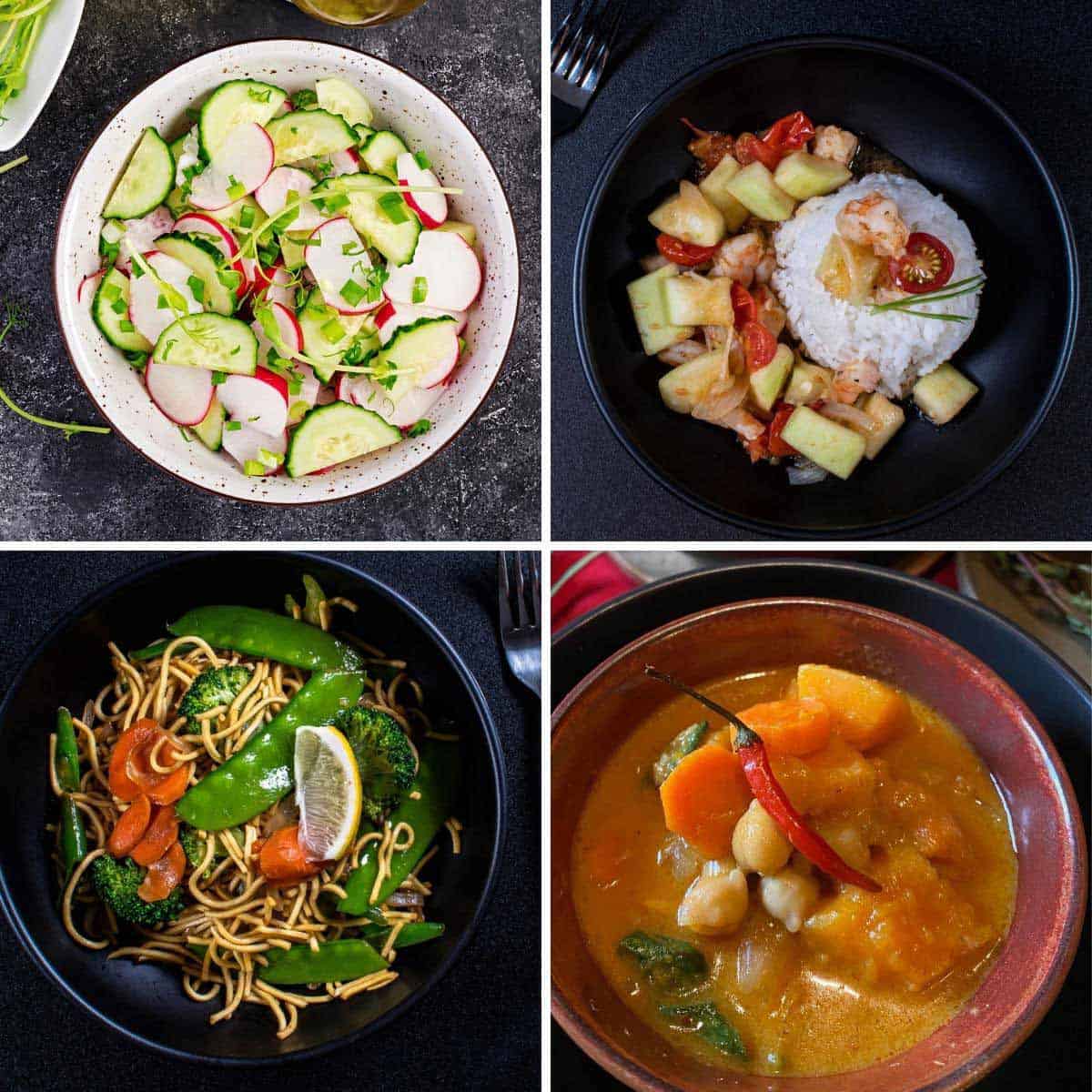Savor Conventional Filipino Flavors With Easy-To-Follow Recipes
Exploring standard Filipino food uses a special possibility to engage with a rich tapestry of flavors and social stories. As we check out these culinary customs, one may ask yourself exactly how to ideal bring the warmth of Filipino friendliness to their own eating table.

Summary of Filipino Food
Discovering the vibrant tapestry of Filipino cuisine discloses an abundant cultural heritage influenced by various historic and geographical variables. As a result, Filipino cuisine is an one-of-a-kind mix of Malay, Spanish, Chinese, and American components.
Rice serves as the cornerstone of Filipino meals, frequently accompanied by an array of veggies, meats, and seafood. Making use of strong tastes is a hallmark of the food, with ingredients such as garlic, onions, ginger, and soy sauce playing essential roles. Moreover, the emphasis on communal eating reflects the Filipino society of friendliness and household ties.
Street food also plays a substantial duty in the cooking scene, showcasing local ingredients and creative cooking approaches. As the Philippines continues to embrace globalization, the fusion of standard and contemporary influences can be seen in contemporary Filipino meals, additionally enriching its cooking identification. Filipino food recipes. On the whole, Filipino cuisine is a testament to the nation's background, culture, and vivid spirit
Must-Try Conventional Meals
Filipino food is ideal experienced with its standard recipes, each supplying a special insight into the nation's varied cooking heritage. Among the must-try meals is Adobo, a savory stew commonly made with hen or pork, marinaded in vinegar, soy sauce, and garlic before being slow-cooked to perfection. Its abundant and tasty flavor account stands for the heart of Filipino comfort food.
An additional legendary meal is Sinigang, a sour soup often prepared with tamarind, tomatoes, and various vegetables. This recipe can include pork, shrimp, or fish, and is valued for its revitalizing taste and warming high qualities.
Lechon, an entire baked pig, is a centerpiece at Filipino events, recognized for its crunchy skin and tender meat. It personifies the festive spirit of Filipino gatherings.
For those desire something sweet, Halo-Halo is a wonderful treat incorporating crushed ice, sweetened fruits, jellies, and topped with leche flan and purple yam.
Each of these typical meals envelops the significance of Filipino society, inviting anybody to savor the vivid flavors and abundant history that specify the archipelago's culinary landscape.
Step-by-Step Recipes
Cooking genuine Filipino meals at home can be an enhancing experience that brings the vivid tastes of the Philippines into your kitchen. With a variety of typical meals to pick from, using detailed dishes enables both novice and knowledgeable chefs to understand the strategies and tastes essential to Filipino cuisine.
Begin by picking a recipe that intrigues you, such as adobo, sinigang, or lumpia. Each dish frequently consists of a detailed component checklist adhered to click for info by clear guidelines, directing you through the cooking process. Start with preparation, which might involve marinating healthy proteins, chopping veggies, or measuring flavors. This fundamental step guarantees a smooth food preparation experience.
As you proceed, pay very close attention to cooking methods one-of-a-kind to Filipino food, such as sautéing (ginisa) or stewing (nilaga) These techniques can significantly boost the deepness of flavor in your recipes. Moreover, timing is vital; comply with the suggested cooking times to attain the ideal texture and taste.
Crucial Components and Tips
Frequently, the secret to mastering Filipino cuisine depends on understanding and utilizing necessary ingredients that define its unique flavors. Central to lots of recipes are staples like soy sauce, vinegar, garlic, and ginger, which contribute to the unique equilibrium of tasty, sour, and sweet notes. Soy sauce acts as a base for sauces and sauces, while vinegar, specifically cane vinegar or coconut vinegar, imparts a tasty brightness that is crucial in explanation meals like adobo.
Rice is a crucial element of Filipino meals, frequently served along with primary programs to absorb flavorful sauces. For a touch of authenticity, choose for jasmine or long-grain rice. In addition, utilizing fresh fruit and vegetables such as tomatoes, environment-friendly beans, and eggplants improves the meal's vibrancy and dietary value.
Do not overlook the importance of herbs and flavors, such as bay leaves, lemongrass, and chili peppers, which elevate the flavor profile. When food preparation, bear in mind that persistence is essential-- permitting components to blend together leads to richer tastes. Accept the method of sampling as you go; this will certainly enable you to adjust seasonings and accomplish the excellent balance that defines Filipino cuisine.
Offering and Taking Pleasure In Filipino Dishes
Comprehending the nuances of Filipino food expands past preparation and ingredients; it encompasses the method dishes are served and delighted in. The Filipino eating experience is identified by public sharing, advertising a sense of togetherness and celebration. Generally, meals are offered in large servings, enabling diners to take part More about the author in a range of tastes.
Rice, a staple in Filipino dishes, is usually offered as the foundation upon which the other recipes remainder. Coming with viands, such as adobo, sinigang, or lechon, are put in the facility of the table, inviting visitors to offer themselves. Filipino food recipes. This practice not just cultivates a loosened up ambience however likewise urges conversations and links amongst restaurants

Conclusion
In final thought, standard Filipino cuisine uses a rich tapestry of tastes and social relevance, inviting expedition via its diverse meals. Engaging with this vibrant food not just enriches the dining experience however additionally maintains and commemorates the heritage of the Filipino individuals.